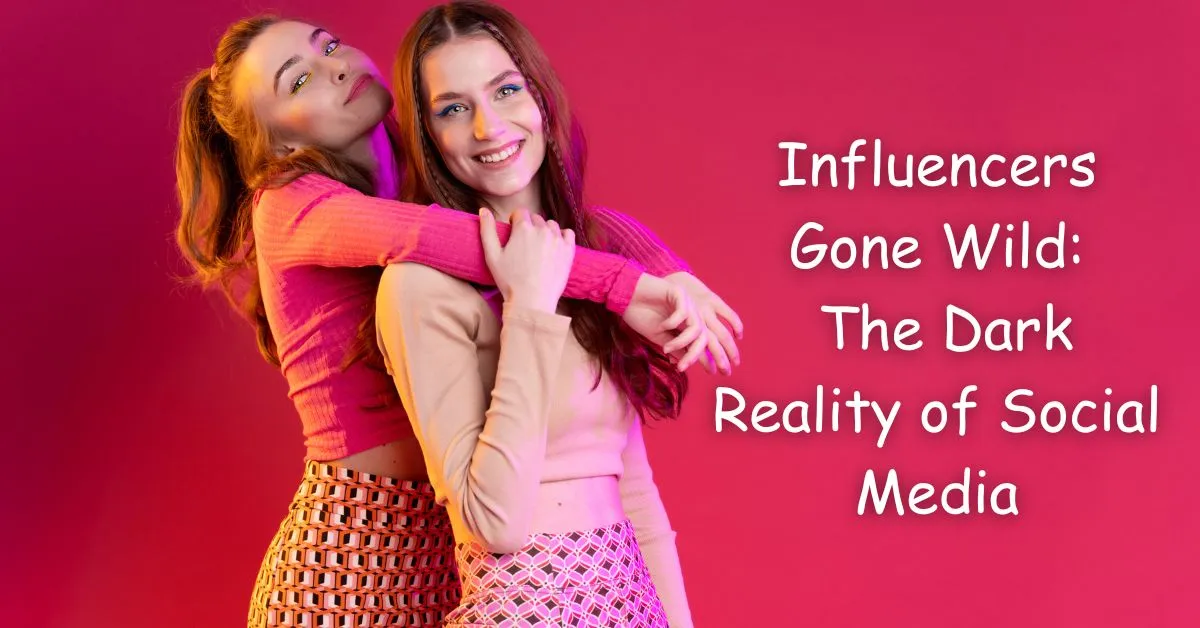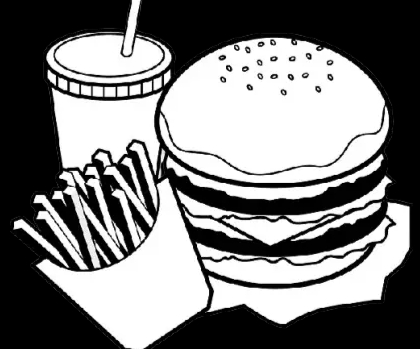Influencers Gone Wild: The Dark Reality of Social Media

The rise of social media influencers has reshaped digital culture, marketing, and public opinion. Platforms like TikTok, Instagram, YouTube, and Facebook have become battlegrounds where influencers go to extreme lengths to capture attention.
The phenomenon of “Influencers Gone Wild” highlights how content creators push boundaries, often engaging in controversial behavior to generate viral moments. This article explores the impact of this trend on followers, brands, and social media culture as a whole.
The Growing Power of Social Media Influencers
Social media influencers hold immense sway over trends, consumer behavior, and brand interactions. Unlike traditional advertising, influencers build personal connections with their audience, making their endorsements more credible and impactful.
Understanding Influencers and Their Influence
Influencers fall into different categories based on their follower count:
- Nano-influencers: Less than 1,000 followers
- Micro-influencers: Between 1,000 and 100,000 followers
- Macro-influencers: Over 100,000 followers
Despite their size, all influencers have the power to shape public opinion and consumer habits. Their ability to create viral trends has transformed digital marketing, making influencer partnerships a key strategy for brands.
What Does “Gone Wild” Mean in This Context?
The term “Influencers Gone Wild” refers to influencers engaging in shocking or controversial behavior to gain visibility. This could include outrageous stunts, viral challenges, or content that defies social norms. The goal is simple—garner as much public attention as possible, whether positive or negative.
Notable Instances of Influencers Gone Wild
The thin line between fame and notoriety has been crossed by many influencers. Some of the most infamous moments include:
- Logan Paul’s Controversial Vlog: His widely criticized video in Japan’s Aokigahara forest led to massive backlash and loss of credibility.
- Kylie Jenner’s Display of Wealth: Excessive flaunting of luxury has drawn criticism for being tone-deaf and out of touch.
- The Ice Bucket Challenge: While an example of positive influencer influence, it still showcased how viral content can rapidly shape culture.
How Influencers Gone Wild is Redefining Culture
Influencers have redefined the boundaries of acceptable behavior. Their content not only shapes trends but also challenges social norms, redefining what it means to be famous. Influencer-driven trends impact everything from fashion and lifestyle to ethics and values, sparking both admiration and controversy.
The Impact on Business and Brand Collaborations
With influencer marketing evolving, brands are increasingly drawn to influencers who create bold, attention-grabbing content. Brands use influencers for:
- Sponsored posts: Products are subtly integrated into content.
- Co-branded campaigns: Influencers bring a unique edge to marketing messages.
- Product placements: Strategic exposure in videos and live events.
The Power of Virality
Going viral can be a game-changer for influencers, opening doors to:
- Affiliate marketing: Earning commissions on product sales.
- Merchandise sales: Selling branded products to followers.
- Exclusive content subscriptions: Offering premium content for dedicated fans.
The Risks and Consequences of Going Wild
While viral fame can be rewarding, reckless behavior can backfire, causing long-term damage to an influencer’s career and reputation. Consequences include:
- Loss of trust and credibility
- Decreased engagement and follower drop-off
- Difficulty securing brand partnerships
- Long-term negative publicity
A study found that 65% of influencers who faced major controversies struggled to recover their careers afterward.
Why Do Influencers Go Wild?
Many influencers engage in extreme behavior due to psychological pressures, including:
- Desire for visibility: Standing out in a crowded digital space.
- Constant need for validation: Equating likes and shares with self-worth.
- FOMO (Fear of Missing Out): Pressure to stay relevant and trendy.
The Mental Health Struggles of Influencers
Social media fame comes with immense stress. Many influencers experience:
- Burnout and anxiety: Constantly seeking approval takes a toll.
- Identity struggles: The pressure to maintain a curated persona.
- Public scrutiny: Facing harsh criticism and cancel culture.
Experts recommend that influencers prioritize mental well-being through support systems, therapy, and mindfulness practices.
Why Does the Audience Engage With Wild Influencers?
Despite knowing that influencers may act recklessly for attention, audiences continue to engage. The reasons include:
- Entertainment value: People crave sensational content.
- Curiosity: Viewers enjoy witnessing extreme lifestyles.
- Social commentary: Observing influencer culture reflects broader societal shifts.
How to Navigate the Influencer Landscape
For those looking to follow influencers responsibly, consider:
- Content consistency: Follow influencers with a genuine, unique voice.
- Transparency: Trust influencers who disclose sponsorships.
- Ethical values: Support those who promote responsible content.
The Future of Influencer Marketing
Regulatory bodies like the FTC have started implementing stricter rules to ensure transparency in influencer marketing. Future developments may include:
- Mandatory disclosure of paid partnerships.
- Increased accountability for misleading content.
- Potential licensing for influencers.
By enforcing ethical practices, brands and influencers can maintain trust and integrity within digital spaces.
Conclusion
The “Influencers Gone Wild” phenomenon has reshaped social media and marketing. While it offers new opportunities, it also presents ethical challenges. Moving forward, influencers, brands, and audiences must prioritize authenticity, responsibility, and mental well-being. With collective efforts, social media can remain a space for meaningful engagement rather than reckless attention-seeking.



